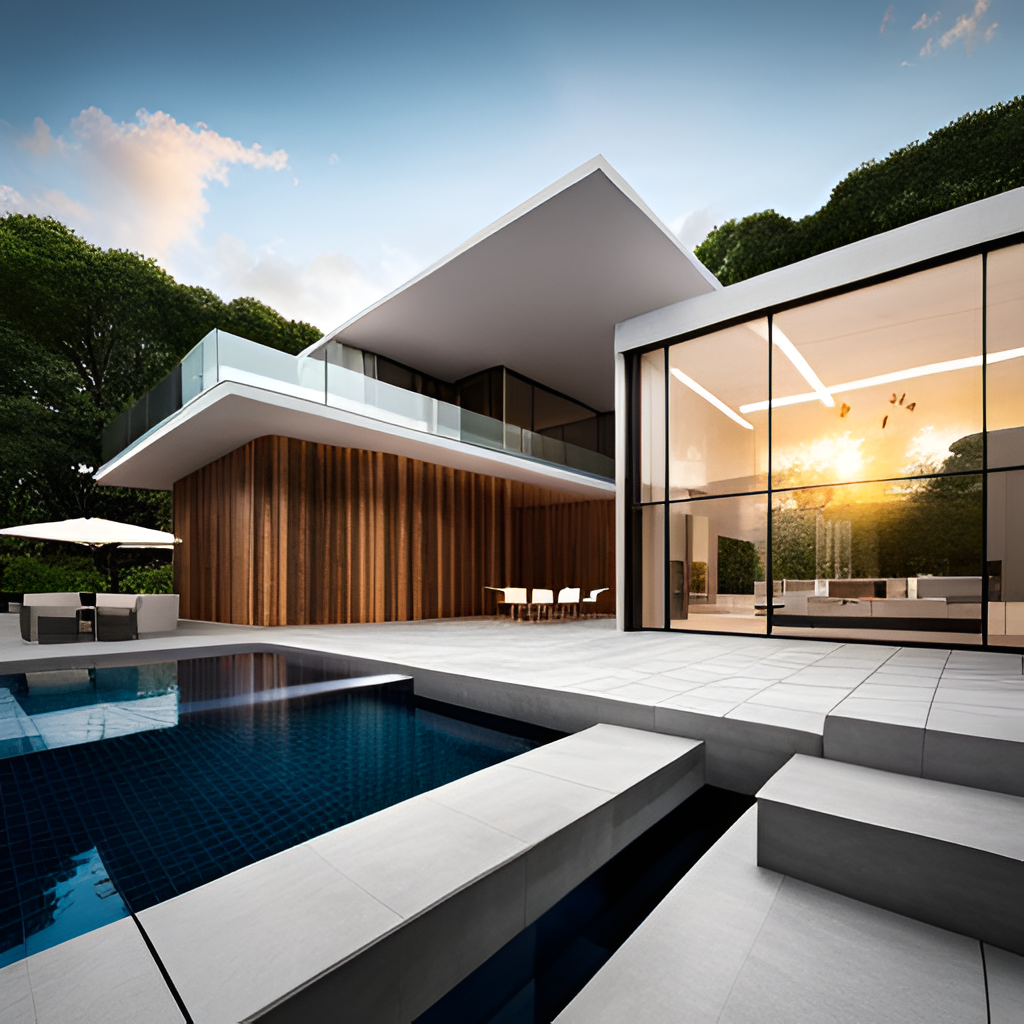Passive design is an essential aspect of sustainable architecture that involves designing buildings to make the most of natural light and ventilation, minimizing the need for artificial lighting and air conditioning. By doing so, buildings can consume less energy and have a lower carbon footprint, resulting in a healthier and more comfortable indoor environment. This design approach can also reduce the building’s operational and maintenance costs over time.
Optimal Orientation: One of the primary considerations in passive design is the building’s orientation. Proper building orientation can maximize natural light and ventilation, resulting in less reliance on mechanical systems. In hot climates, for example, a building’s long axis should face east-west to reduce solar heat gain, while in cold climates, it should face north-south to maximize solar heat gain. The American Society of Heating, Refrigerating, and Air-Conditioning Engineers (ASHRAE) has developed guidelines for optimal building orientation for different climates (ASHRAE, 2021).
Shading Devices: Shading devices like awnings, canopies, and louvers can minimize solar heat gain and glare while allowing for natural light. They can also enhance the aesthetic appeal of a building. The positioning and design of shading devices should consider the building’s orientation, location, and surrounding environment.
Green Roofs: Green roofs, also known as living roofs, are vegetative roof coverings that provide numerous environmental and social benefits. They can improve indoor air quality, reduce urban heat island effects, and reduce stormwater runoff. Additionally, green roofs can provide natural insulation and reduce the need for mechanical heating and cooling systems.
The incorporation of passive design strategies in architecture projects can significantly reduce energy consumption and greenhouse gas emissions, improve indoor air quality, and create healthier and more comfortable indoor environments for building occupants. Additionally, they can reduce operational and maintenance costs over time.
References:
U.S. Department of Energy. (n.d.). Consumer Guide to Passive Solar Home Design Fact Sheet. Energy.gov. Retrieved from https://www.energy.gov/energysaver/consumer-guide-passive-solar-home-design-fact-sheet
US Environmental Protection Agency. (2021). Using Green Roofs to Reduce Heat Islands. Retrieved from https://www.epa.gov/heatislands/using-green-roofs-reduce-heat-islands
U.S. Department of Energy. (n.d.). Passive Solar Homes. Energy Saver. Retrieved from https://www.energy.gov/energysaver/passive-solar-homes
